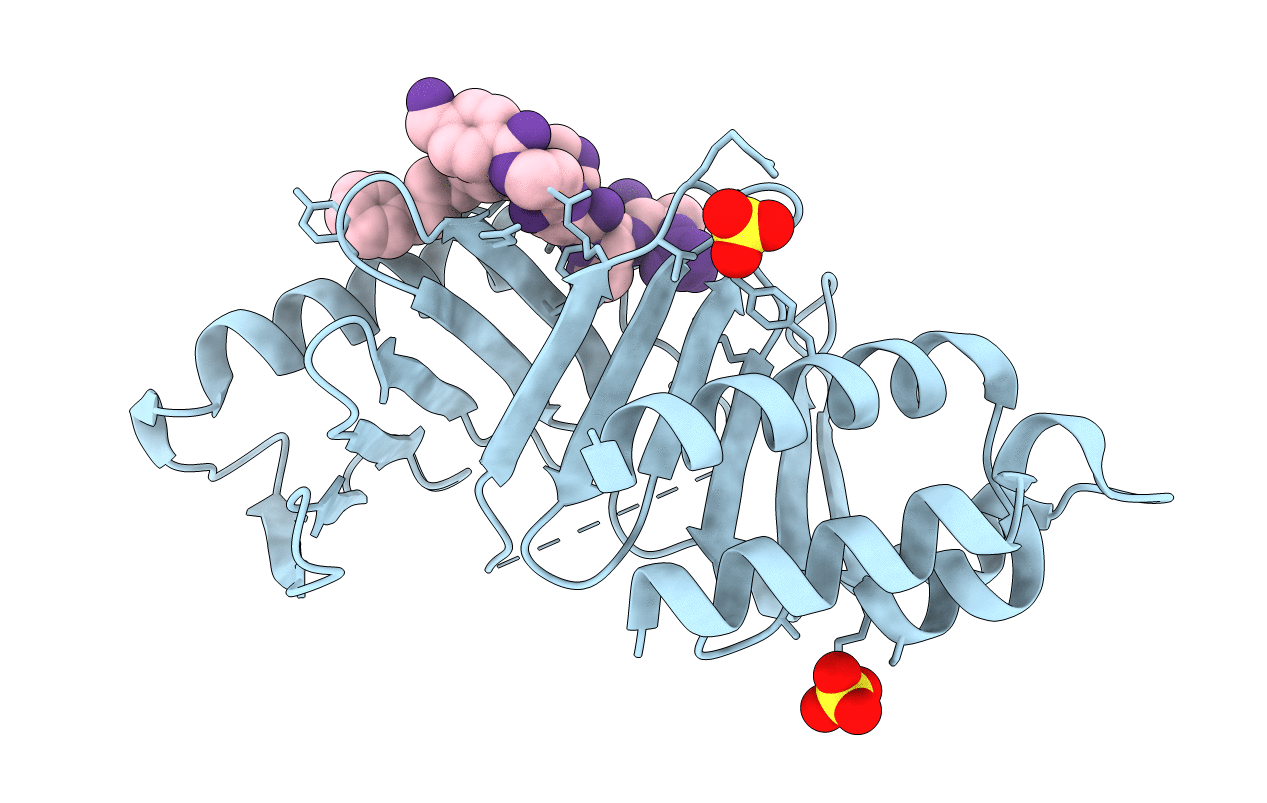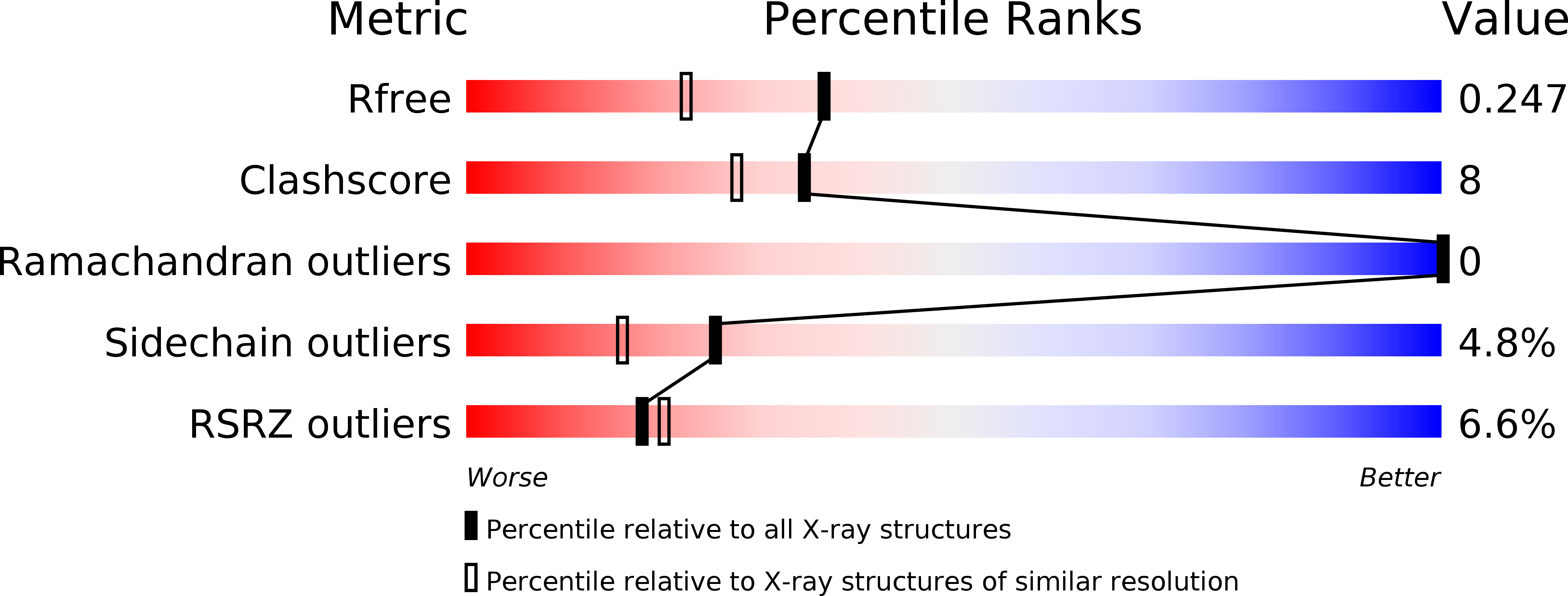
Deposition Date
2014-09-22
Release Date
2014-12-03
Last Version Date
2023-11-15
Entry Detail
PDB ID:
4WHH
Keywords:
Title:
A New Class of Peptidomimetics Targeting the Polo-box Domain of Polo-like kinase 1
Biological Source:
Source Organism:
Homo sapiens (Taxon ID: 9606)
synthetic construct (Taxon ID: 32630)
synthetic construct (Taxon ID: 32630)
Host Organism:
Method Details:
Experimental Method:
Resolution:
1.90 Å
R-Value Free:
0.23
R-Value Work:
0.19
R-Value Observed:
0.19
Space Group:
P 21 21 21


